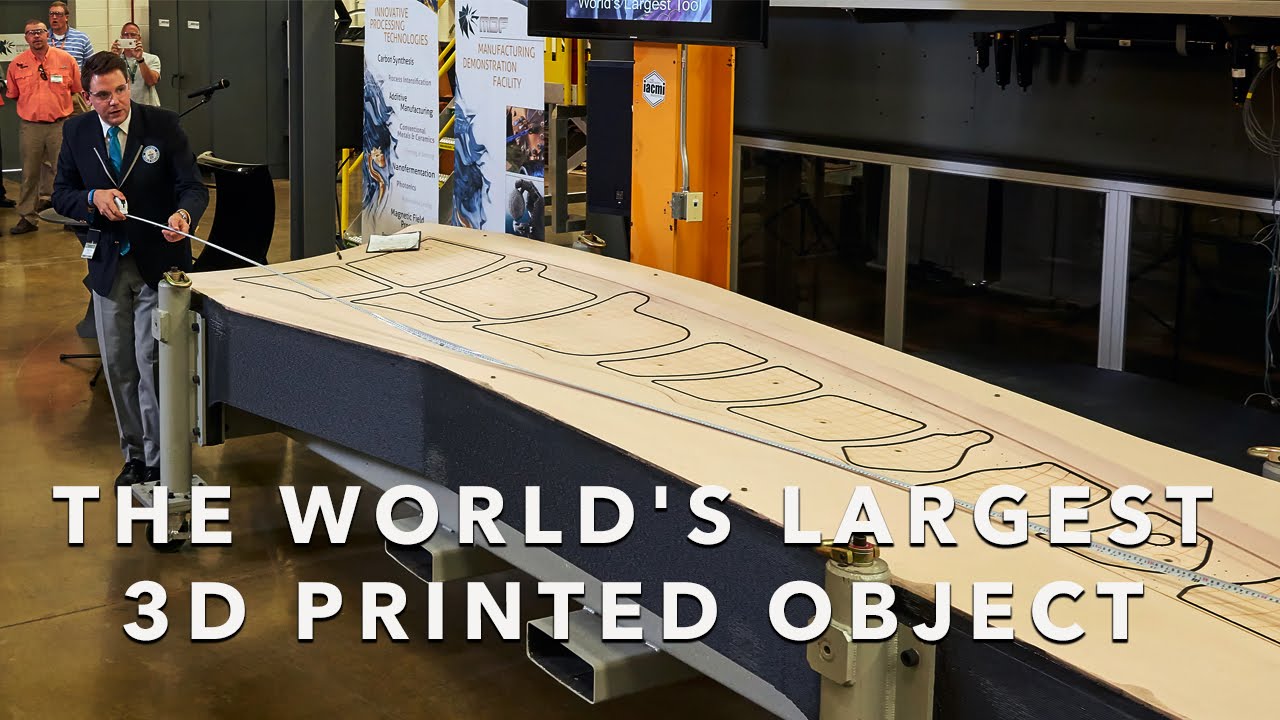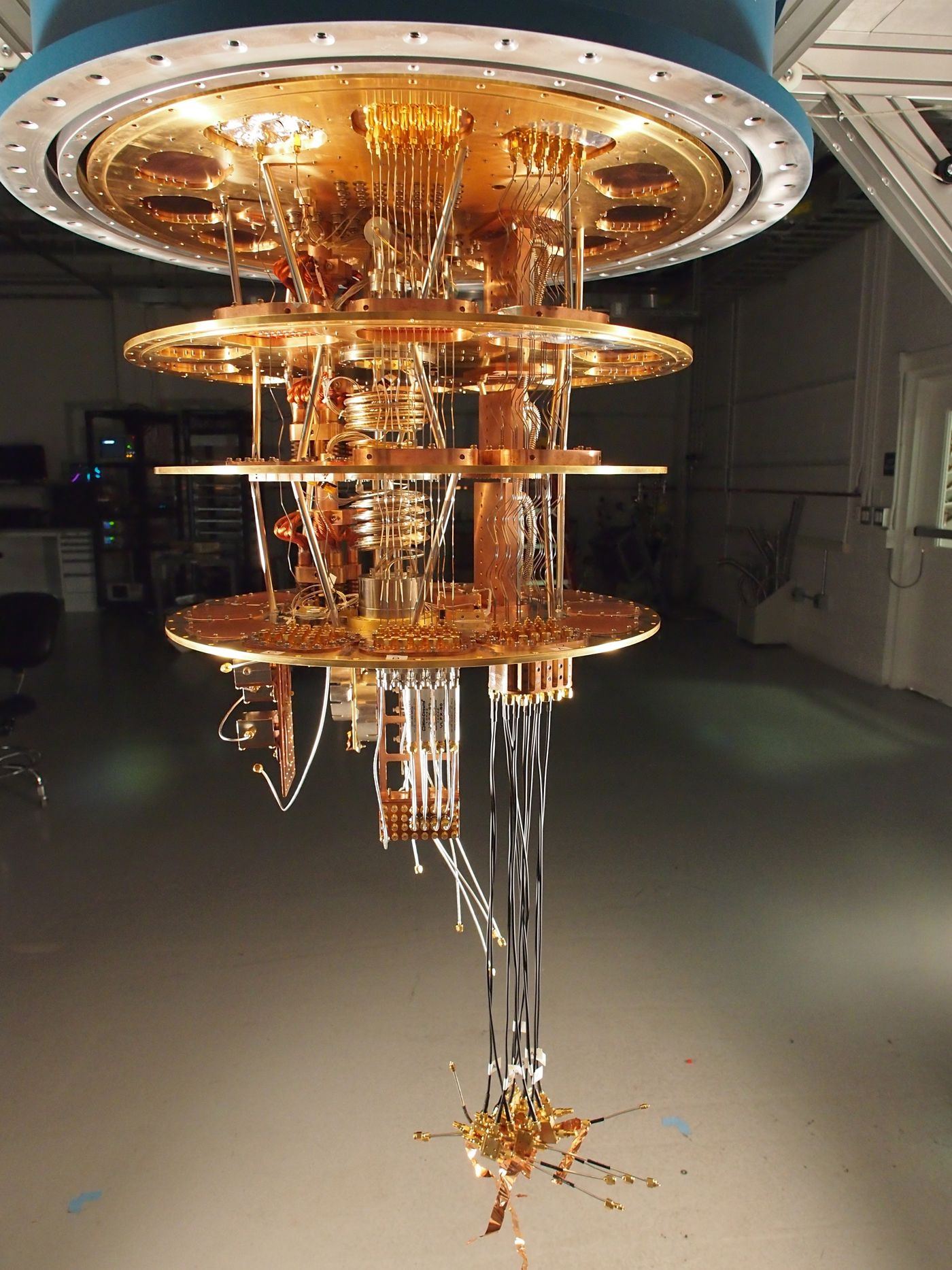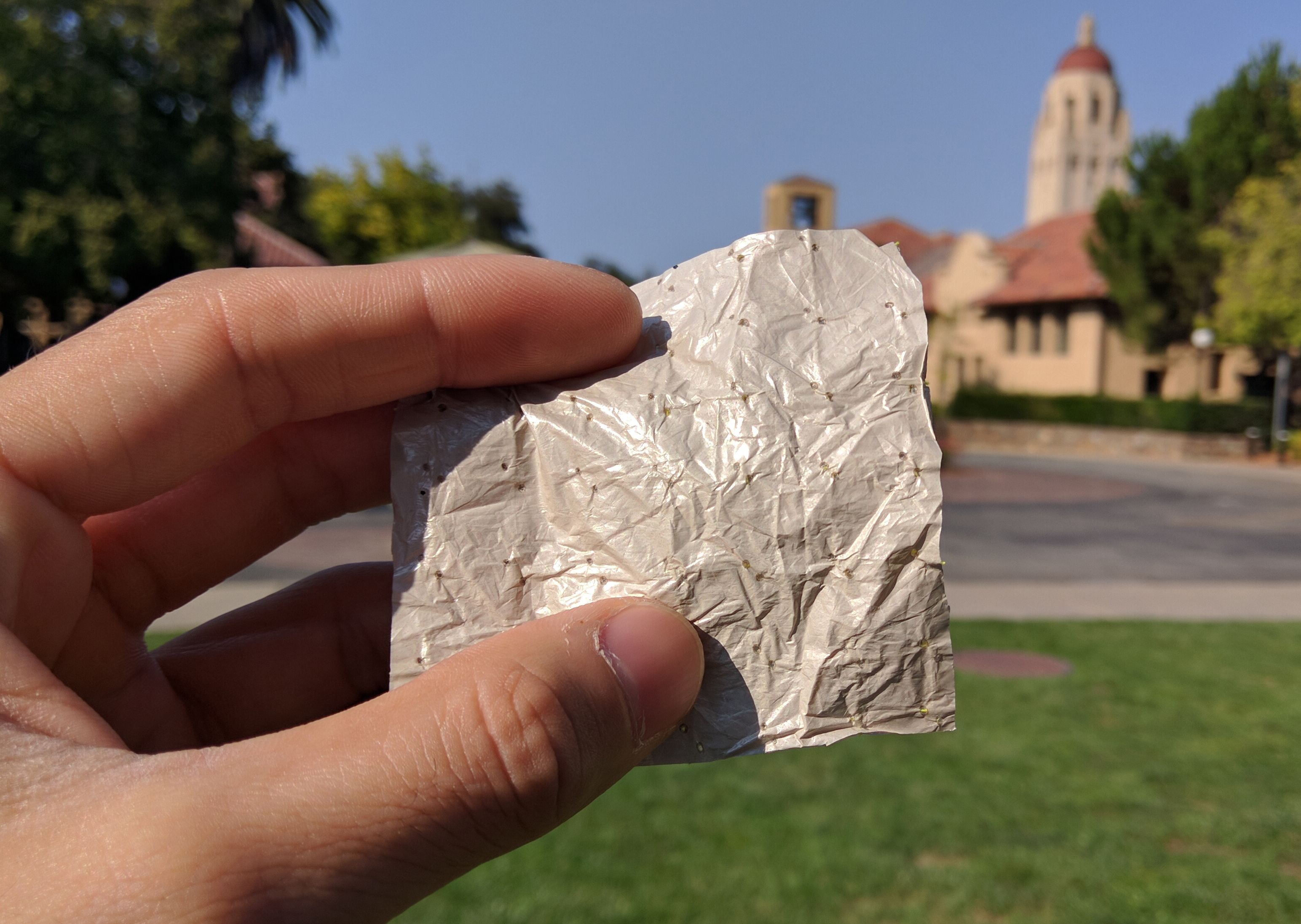Sep 1, 2016
Regulation of cancer epigenomes with a histone-binding synthetic transcription factor
Posted by Karen Hurst in categories: bioengineering, biotech/medical, genetics
Chromatin proteins have expanded the mammalian synthetic biology toolbox by enabling control of active and silenced states at endogenous genes. Others have reported synthetic proteins that bind DNA and regulate genes by altering chromatin marks, such as histone modifications. Previously we reported the first synthetic transcriptional activator, the “Polycomb-based transcription factor” (PcTF), that reads histone modifications through a protein-protein interaction between the PCD motif and trimethylated lysine 27 of histone H3 (H3K27me3). Here, we describe the genome-wide behavior of PcTF. Transcriptome and chromatin profiling revealed PcTF-sensitive promoter regions marked by proximal PcTF and distal H3K27me3 binding. These results illuminate a mechanism in which PcTF interactions bridge epigenetic marks with the transcription initiation complex. In three cancer-derived human cell lines tested here, many PcTF-sensitive genes encode developmental regulators and tumor suppressors. Thus, PcTF represents a powerful new fusion-protein-based method for cancer research and treatment where silencing marks are translated into direct gene activation.

















